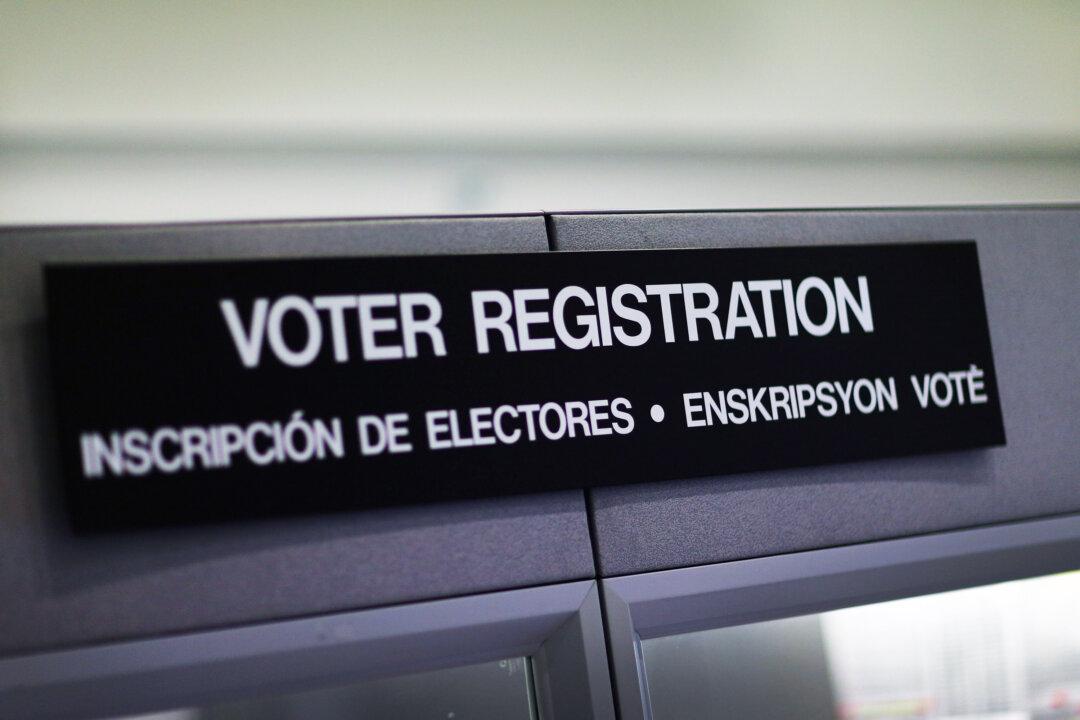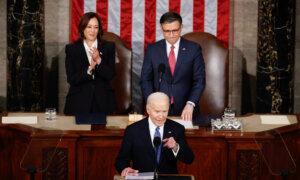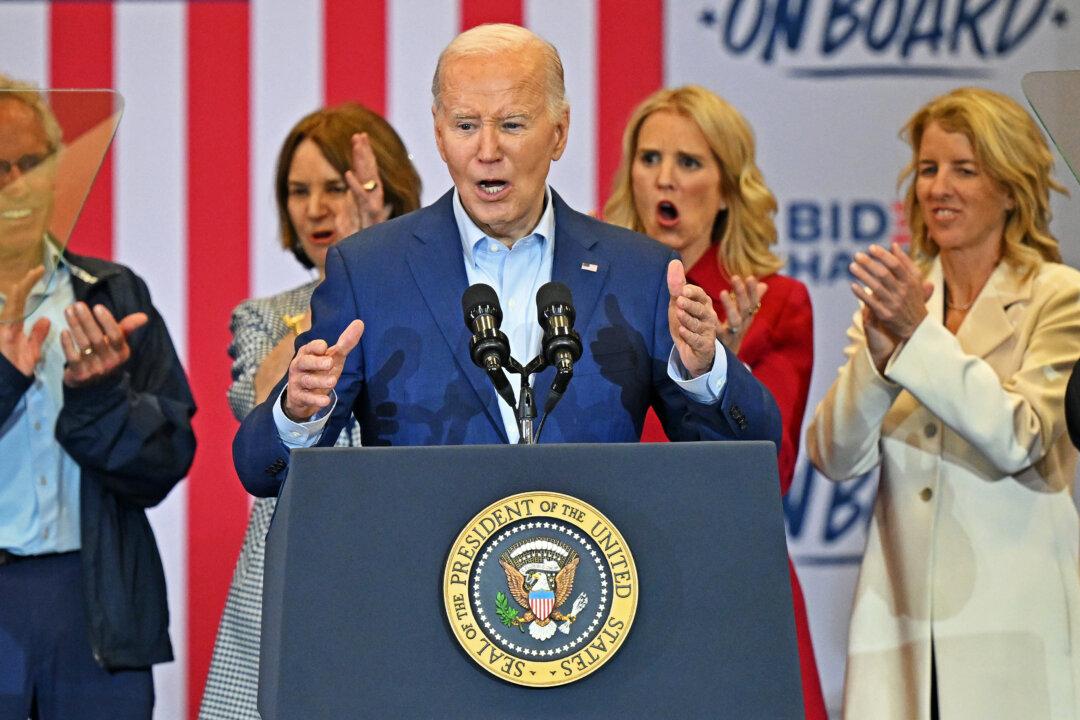HOOVERSVILLE, Pa.—If you are a longtime resident of Pennsylvania, it still is a bit of a jolt to the senses to drive through what was once coal country and see an oversized, cheery, red billboard sitting along U.S. Highway 30 reading “VOTE REPUBLICAN.”
However, it is a reminder of how much the people who live in these old industrial and coal-rich counties have shed the local Democratic politics of their upbringing. Voter registration numbers, as we shall see, show as much.
Important to note: These voters have not changed personally, but their parties have done so. Democrats have abandoned their working-class voters for college-educated elites who rarely call the middle of somewhere home.
Officials in both parties in Washington—whether they are lawmakers on Capitol Hill or strategists working for one of the alphabet soup campaign arms of the House, Senate, or state Legislatures, or a staffer for any of them—often struggle with how to appeal to these citizens.
Democrats did appeal to them well for so long—until they didn’t. It was an erosion that wasn’t all that easily detected because what didn’t move in a significant way was the voter registration numbers. Part of why voters who left the Democratic Party did not change their voter registration had to do with local elections and the state’s closed primary system.
Because Republicans had been in the wilderness for so long in local mayoral and county row office races—Democrats had held control of these seats since the rise of the New Deal Democrat coalition—people held on to their Democrat registration because most races were decided in primaries because only Democrats ran.
And then something changed, or actually a couple of things changed.
First, folks who had moved away from the Democrats on some issues but were still willing to keep that registration started to want to make the transition complete because of issues that affected their pocketbooks. For example, strident regulations and taxes started to hurt their community’s prosperity and then them personally.
When social issues such as gender politics and a wide-open border became part of the Democrats’ party platform, those issues became bridges too far. Blue-collar voters became willing to leave the party altogether, especially after Gov. Josh Shapiro (D-Pa.) made it efficient when he implemented a new measure that allowed residents getting driver’s licenses and ID cards to be opted into their voter registration.
Despite Republican lawmakers bellyaching about Mr. Shapiro’s move, in the first month alone, 3,194 Democrats, 4,052 independents, and a whopping 7,657 Republicans have registered.
If you are doing the math, as many Republicans registered in the state as Democrats and independents together, and even independent registration outpaced the Democrats by nearly 900.
In July 2023, Democrats held a 480,000 voter registration advantage over Republicans, but by Oct. 10, 2023, that margin had fallen to 446,467. And the trend has continued in the six months since then.
Indeed, if you go back to the day Joe Biden won this state in November 2020, Democratic voter registration has gone from a more than 600,000 voter registration advantage to a 397,000 registration advantage, according to the newest numbers released by the Pennsylvania Department of State.
No matter what, the elections here are going to be close for the U.S. Senate, for president, for bragging rights in the state’s congressional delegation, and for the already closely divided state House and Senate. Either way, these numbers have to be worrisome for Democrats if the erosion continues.






